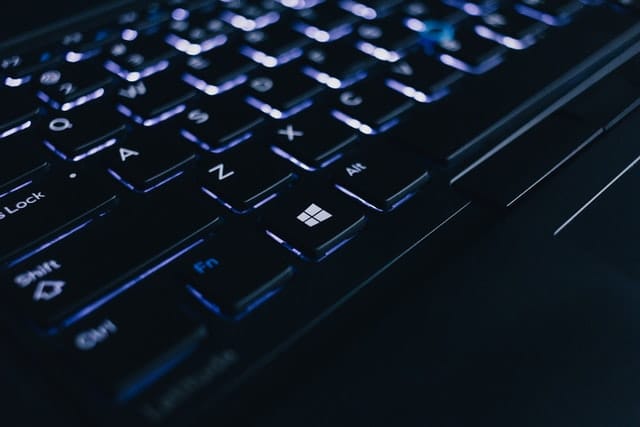Recently Microsoft’s latest and shiny new operating system has just been unveiled with tons of features to put Windows 10 in the past. Windows 11 has been announced after five years and hence has been a much-awaited update.
Apart from the new design and a modern sleek look, Windows 11 has a wide range of new features that offer a powerful way to multitask. Most importantly, you can now run Android apps almost natively on any Windows 11 powered system. There is also a major emphasis on improving business efficiency as covered in our other blog on Monday 28th of June.
Microsoft is offering Windows 11 free of charge. So ideally you’ll be able to download Windows for free on your device if it is running Windows 10. Though fresh installation may be chargeable and the pricing, however, this information may only be available closer to the rollout. I imagine the majority of users will be upgrading from their Windows 10 machines.
According to Microsoft, the new operating system will start rolling out this “Holiday” which basically means around November this year. The rollout will continue into 2022. Hence, even if you want to download Windows 11 now, you may not be able to do it right now. It's always advised to wait for the first update on the Windows 11 operating system as there will always be a testing phase where issues will need to be resolved.
Although, there is a way to test out the new operating system through official channels but slightly earlier. Microsoft will start releasing Windows 11 for Insiders starting next week. So if you’ve not signed up for the Windows Insider Program, it's about time that you should in case you want to try Windows 11 now provided your computer is compatible. This could get you a first glance at what it's like and provide Microsoft with any feedback that could improve it.
What you need to run Windows 11
While Windows 11 is available as a free download, Microsoft has set a baseline of hardware specifications that allows users to take advantage of all its features.
All the PCs and laptops powered by Intel’s sixth and seventh-generation processors are not eligible to get the new update, This has been outlined in the specs. Also, an important thing, Windows 11 will not support 32-bit systems, so if you had been thinking of updating your device, well, the time has come. Unlike Windows 10 which supported both 32 and 64 bit systems.
Similarly, if your device runs on AMD’s A-series and FX-series, along with Ryzen 1000 and most Ryzen 2000 processors, it will not be able to run Windows 11. To download Windows 11 on your PC, it must meet the below requirements-
- Processor: 1 gigahertz (GHz) or faster with 2 or more cores on a compatible 64-bit processor or System on a Chip (SoC)
- RAM: 4 GB
- Storage: 64 GB or larger storage device
- System firmware: UEFI, Secure Boot capable
- TPM: Trusted Platform Module (TPM) version 2.0
- Graphics card: Compatible with DirectX 12 or later with WDDM 2.0 driver
- Display: 9-inch or larger display with HD (720P) resolution or more
- Internet connection and Microsoft accounts: Internet connection to download and set up the device. A Microsoft account is required for some features
Windows 11 compatibility check
In case your system meets the above-mentioned criteria, you will need to run a health check to keep your system ready to install Windows 11 whenever it starts rolling out. In case your device fails the health check, you will still have some time to update the computer to make it Windows 11 compatible since the OS will start rolling out sometime later this year. Hopefully November time!
- To run the health check you need to first download and install Microsoft's PC Health Check app
- Once installed, run the program
- Click on the blue coloured “Check Now” button on the Windows 11 banner
- If your system is compatible, you’ll get a pop-up stating “This PC will run Windows 11"
In case Microsoft's Windows 11 upgrade checker tells you that your PS isn't supported but it meets all the other requirements then you need to check your BIOS to enable TPM. Almost every modern CPU comes with TPM support. In case you have an Intel CPU then you need to switch to TPM and for AMD you need to check PSP fTPM in the BIOS. Once done, you can run Microsoft's health checker app to confirm the status.







